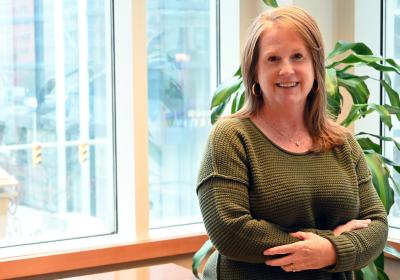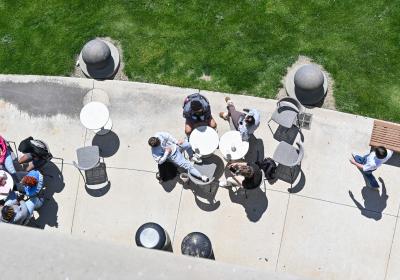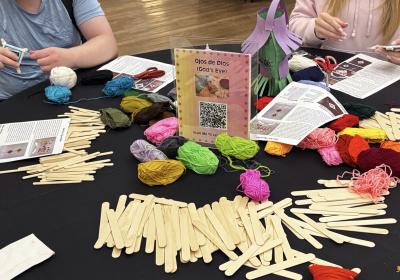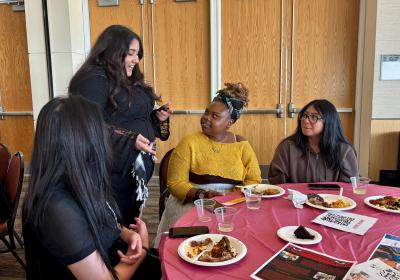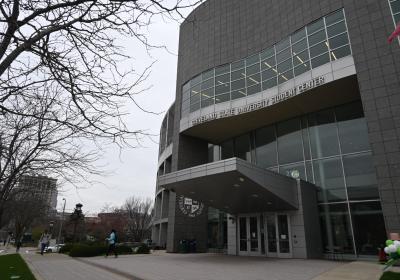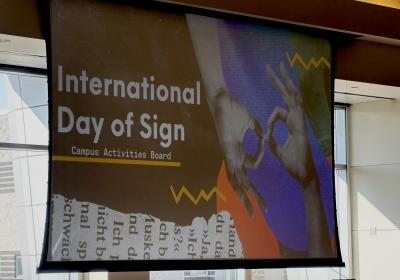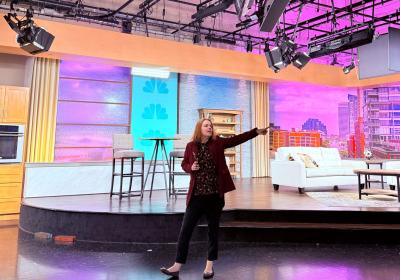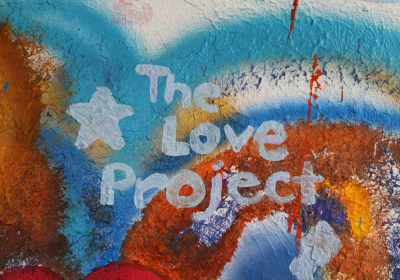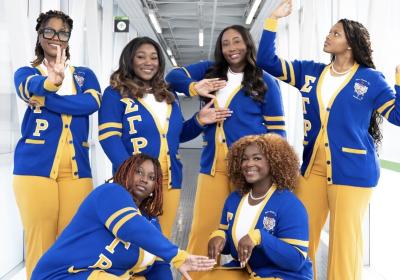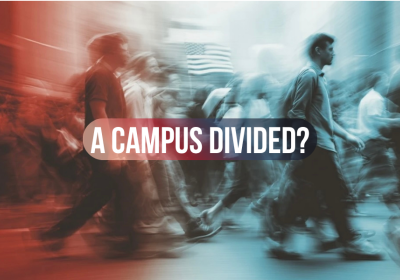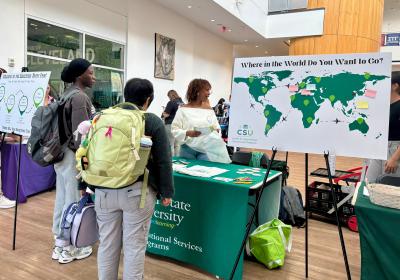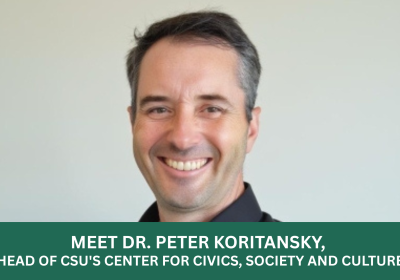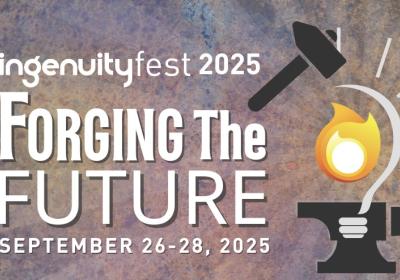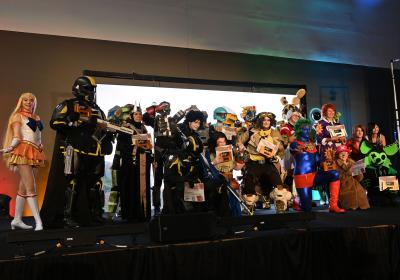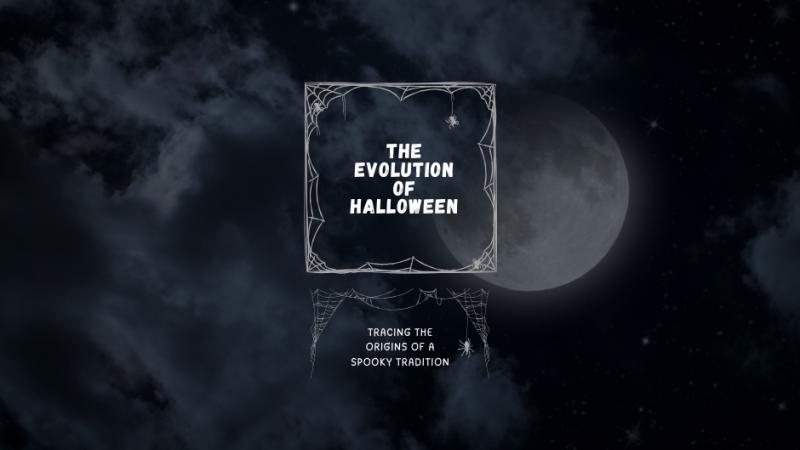
The evolution of Halloween: tracing the origins of a spooky tradition
As Halloween approaches and neighborhoods across the country prepare for an evening of costumes, carved pumpkins and candy, a deep rooted history remains that dates back over 2,000 years.
Origins of Halloween
All Hallows’ Eve or as we know it today, Halloween, originated as the ancient Celtic festival of Samhain (pronounced "sow-in") 2,000 years ago in Ireland, the United Kingdom and northern France.
Samhain is a pagan festival celebrated Oct. 31, a date on which it is believed that the boundary between the worlds of the living and the dead is thinnest, allowing spirits to roam the Earth.
To ward off spirits and protect their harvest from the cold winter the Celts would wear costumes made out of animal skins, light large bonfires and offer up sacrifices during Samhain.
The influence of Christianity
After Christianity started to spread across Europe, in the eighth century CE, Pope Gregory III created All Saints' Day and All Hallows' Eve.
All Hallows’ Eve was held the night before All Saints Day which honored saints and martyrs. People would prepare by fasting, praying and holding vigils.
Tales of ghosts and spirits were still whispered throughout the towns, passing down some of the folklore we hear today.
The Journey to America
As Immigrants journeyed from Europe to what later became the United States, traditions continued to change. In the late 1800s Halloween traditions started to shift into community activities that had parties, games and seasonal food.
By the 1930s, Halloween parties became very popular amongst schools and communities. And by the 1950s Halloween became mainly focused on children.
A Modern Day Tradition
Today Halloween ranks second only behind Christmas for the most commercially successful holiday. Americans spend billions each year on decorations, candy and costumes.
Some characteristics of modern day Halloween are trick-or-treating, haunted houses, scary movies and pumpkin patches.
Halloween is a tradition celebrated by all ages and is treated as if it were a national holiday. People decorate their houses and children fill the streets in costumes knocking door to door and asking for candy.
From a Pagan holiday to All Saints Day, the transformation of a centuries-old tradition will continue to flourish so long as there are costumes, spooky tales and Halloween spirit. Will you be celebrating this Thursday?

